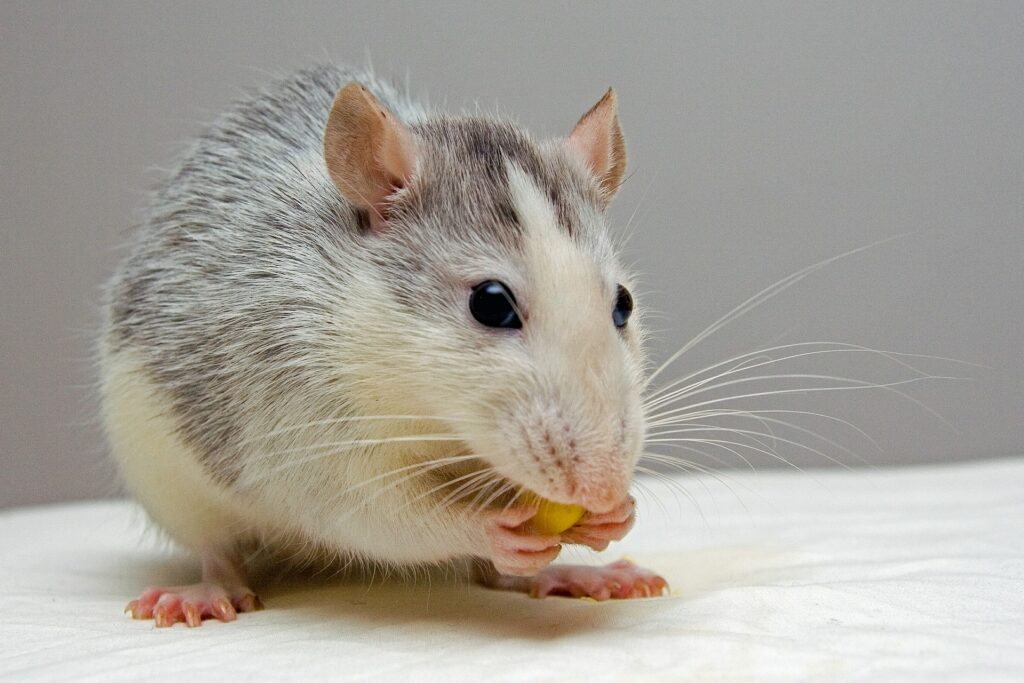Researchers are homing in on the brain circuits that handle pain-induced anhedonia, the reduction in motivation associated with experiencing pain. The findings, currently only involving lab rats, might prove pivotal in our efforts to address depression and the rising issue of opioid addiction.
Pain is definitely not a sensation most of us are excited to experience. And although physical hurt is obviously unpleasant, it isn’t the only component of this sensation. Affective pain can be just as debilitating, and much more insidious. New research has identified the brain circuits that mediate this kind of pain, in a bid to counteract its long-term effects — which can contribute to the emergence of depression and make people vulnerable to addictions that take that pain away, such as opioid use disorder (OUD).
Show me where it hurts
“Chronic pain is experienced on many levels beyond just the physical, and this research demonstrates the biological basis of affective pain. It is a powerful reminder that psychological phenomena such as affective pain are the result of biological processes,” said National Institute on Drug Abuse (NIDA) Director Nora D. Volkow, M.D, who was not affiliated with this study.
“It is exciting to see the beginnings of a path forward that may pave the way for treatment interventions that address the motivational and emotional effects of pain.”
Pain, the authors explain, has two components: a sensory one (the part you can feel) and an affective, or emotional, component. Anhedonia — an inability to feel pleasure and a loss of motivation to pursue pleasurable activities — is one of the central consequences of affective pain. Considering the strong links between anhedonia, depression, and substance abuse, the NIDA has a keen interest in understanding how our brains produce and handle affective pain.
Previous studies found that rats in pain were more likely to consume higher doses of heroin compared to their peers. In addition to this, they lost a sizable chunk of their motivation to seek out other sources of reward (pleasure), such as sugar tablets.
The current paper built on these findings, and aimed to see exactly how this process takes place in the brain. The team measured the activity of dopamine-responding neurons in a part of the brain’s “reward pathway” known as the ventral tegmental area. This activity was measured while the rats used a lever with their front paw to receive a sugar tablet. In order to see what effect pain would have on the activity of these neurons, rats in the experimental group received an injection that produced local inflammation in their hind paw. Rats in the control group were injected with saline solution.
After 48 hours, the researchers noted that rats in the experimental group pressed the lever less than their peers, indicative of a loss of motivation. They also saw lower activity levels in their dopamine neurons. Further investigations revealed that these neurons were less active because the sensation of pain was activating cells from another region of the brain known as the rostromedial tegmental nucleus (RMTg). Neurons in the RMTg are, among other tasks, responsible for producing the neurotransmitter GABA, which inhibits the functions of dopamine neurons.
Despite this, when the authors artificially restored functionality to the dopamine neurons, the effects of pain on the reward pathway was completely reversed and the rats regained the motivation to push the lever and obtain their sugar tablet even with the sensation of pain.
In another round of lab experimentation, the team were able to reach the same effects by blocking the activity of neurons which produce GABA in response to pain. The rats who were part of this round of testing were similarly motivated to pick a solution of water and sugar over plain water even when experiencing pain. This, the authors explain, shows that the rats were better able to feel pleasure despite also experiencing pain.
All in all, even though the findings are valuable in and of themselves, the team says that this is the first time a link has been established between pain, an increase of activity of GABA neurons, and an inhibitory pathway effect in the reward system which causes decreased activity of dopamine neurons.
“Pain has primarily been studied at peripheral sites and not in the brain, with a goal of reducing or eliminating the sensory component of pain. Meanwhile, the emotional component of pain and associated comorbidities such as depression, anxiety, and lack of ability to feel pleasure that accompany pain has been largely ignored,” said study author Jose Morón-Concepcion, Ph.D., of Washington University in St. Louis.
“It is fulfilling to be able to show pain patients that their mental health and behavioral changes are as real as the physical sensations, and we may be able to treat these changes someday,” added study author Meaghan Creed, Ph.D., of Washington University in St. Louis.
The paper “Pain induces adaptations in ventral tegmental area dopamine neurons to drive anhedonia-like behavior” has been published in the journal Nature Neuroscience.
Source: Pain impairs our ability to feel pleasure — and now we know why, and how













